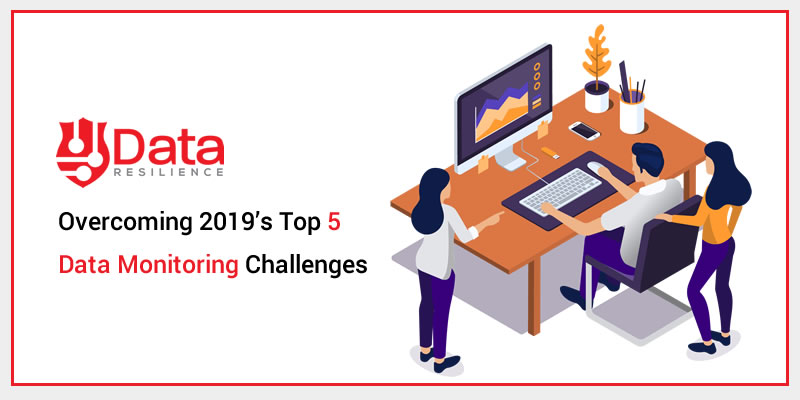By gaining exposure to external networks, there comes the perennial issue of data security and data monitoring. Formerly all organisations were internally self-sufficient with organisational data residing internally to the organisation. But the technological prowess of today has brought many challenges lurking beyond the realms of data conversion and data management. These challenges call for the highest level of data security, monitoring and alerting of data breaches and threats which occur when data is migrated to the cloud for data processing. In the current era of on-premise, cloud and hybrid IT environments, organisational data resides on several platforms, both internal and external to the company, often increasing the risk and threats to your business.
Data Transparency
Given the requirement for data transparency, incidents such as cyber threats and data compromises with voluminous data potentially exposed to foreign networks increases the risk of loss or damage to data. If data transparency is the forethought on which organisations value their data dependence, robust security controls need to be implemented to provide peace of mind that data is adequately protected.
Data Security
Malware and ransomware attacks have put consumer data at severe risk. With organisations showing no reluctance to migrate to the cloud, data security takes on a new meaning and data threats which could have been solved on-premise have now taken a new shape. Data is being distributed across major platforms including regional and international networks with distributed platforms such as Hadoop forming the core that forms the basis of data security. Many technologies, originally intended only for internal, now need to address data residing on external servers, hence raising the importance of data security, once again.
Seamless User Experience
With increased attention to user experience (UX), an important aspect of website and application interface design is to ensure they help leverage customer insights and user-queries. Users are reeling under the impact of differentiated websites while companies are leveraging websites to create buyer personas, with some business analytics working in the foreground. These analytics help the target audience improve the quality of their data queries via websites and applications. User experience is also helped by a user interface that visually attractive and designed to meet the needs of the end-user. UX is not only about visual features and looks, but also needs to provide the application or website owner additional knowledge regarding customer preferences.
Leveraging consumer data without infringing on privacy rights
As data travels from one platform to another, across on-premise and cloud environments, data governance plays an important function along the data pipeline. The data structure, quality, usability, and integrity are all important elements of effective data governance that are needed to extract valuable information from the dataset.
An all-encompassing approach
The upkeep of information and related business policies, practices and standards is an assignment that needs to be addressed ‘top-down’ by your whole business, not simply ‘bottom-up’ by the group that is responsible for technical or operational aspects of data management. These days, data should be viewed as a business asset, not a bi-product of systems or applications and so Data Governance needs to be addressed at the highest levels of the organisation to be truly effective.
For more information, visit www.dataresilience.com.au or drop us a note at [email protected].

